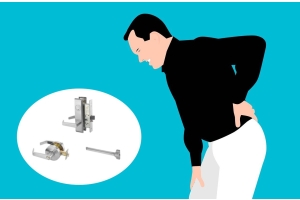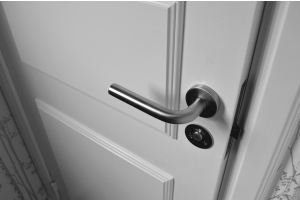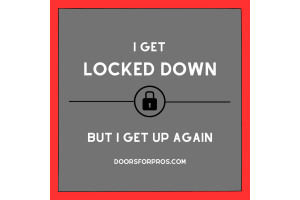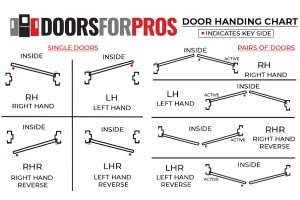Cookies help us deliver our services. By using our services, you agree to our use of cookies. Learn more
Doors For Pros: Your Destination for the Largest Selection of Commercial Hardware Online
Conner Mulrooney

Welcome to Doors For Pros, your ultimate destination for commercial hardware solutions! With the largest selection of products available online, we're proud to be your one-stop shop for all your commercial hardware needs. In this blog post, we'll delve into what sets us apart and why we're the go-to choice for professionals in the industry.
The Widest Range of Commercial Hardware Brands: At Doors For Pros, we understand that every project is unique, which is why we offer an extensive range of commercial hardware brands to choose from. Whether you're looking for industry-leading brands like Yale, Schlage, Kwikset, or Baldwin, or niche manufacturers known for their specialized products, you'll find them all in our comprehensive catalog. With our diverse selection, you can explore a variety of options and find the perfect hardware solutions to meet your specific requirements.
Unparalleled Product Variety and Availability: No matter the size or scope of your project, Doors For Pros has you covered. From locks and hinges to door closers, exit devices, and beyond, we carry a vast array of products to suit every need and budget. Plus, with our large inventory and nationwide distribution network, you can count on us to have the products you need when you need them. Say goodbye to long lead times and delays – at Doors For Pros, you'll find everything you need to keep your projects moving forward.
Expert Guidance and Support: Navigating our extensive selection of commercial hardware can be overwhelming, but our team of experts is here to help. Whether you're a seasoned professional or a DIY enthusiast, our knowledgeable representatives are available to provide personalized guidance and support every step of the way. From product recommendations to technical assistance and installation tips, we're committed to ensuring that you have the information and resources you need to make informed decisions and achieve successful outcomes.
Exceptional Customer Service: At Doors For Pros, customer satisfaction is our top priority. We pride ourselves on delivering exceptional service and support to our customers, from the moment you start browsing our website to long after your order has been delivered. Our dedicated customer service team is responsive, reliable, and ready to assist with any inquiries or concerns you may have. When you choose Doors For Pros, you can trust that you're partnering with a company that puts your needs first.
Why DoorsForPros?: When it comes to commercial hardware online, Doors For Pros stands head and shoulders above the rest. With the largest selection of brands, products, and expertise available, we're proud to be the preferred choice for professionals nationwide. Experience the Doors For Pros difference for yourself and discover why we're the ultimate destination for all your commercial hardware needs.






